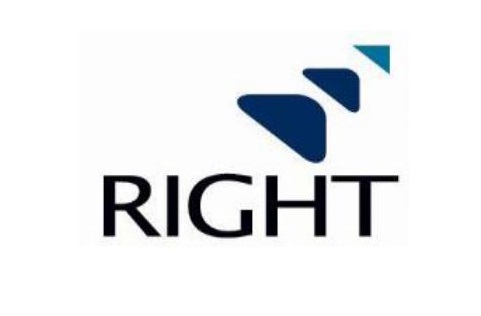“Overseas Direct Investment (ODI)” means
- acquisition of any unlisted equity capital or subscription as a part of the Memorandum of Association of a foreign entity, or
- investment in 10% or more of the paid-up equity capital of a listed foreign entity, or
- investment with control where investment is less than 10% of the paid-up equity capital of a listed foreign entity.
“Overseas Portfolio Investment (OPI)” means investment, other than ODI, in foreign securities. Resident individuals may make OPI within the overall limit for Liberalised Remittance Scheme (LRS). Further, shares or interest acquired by the resident individuals by way of sweat equity shares or minimum qualification shares or under Employee Stock Ownership Plan (ESOP)/ Employee Benefits Scheme up to 10% of the paidup capital/stock, whether listed or unlisted, of the foreign entity and without control shall also qualify as OPI.
Permission for making overseas investment:
A person resident in India may make or transfer any investment or financial commitment outside India under general permission/automatic route. Accordingly, overseas investment may be made in a foreign entity engaged in a bona fide business activity, directly or through SDS / special purpose vehicle (SPV).
The person intending to make any financial commitment shall fill up the Form FC duly supported by the requisite documents for making the investment/remittance.
In respect of any case under the approval route, the applicant shall approach their AD bank who shall forward the proposal to the Reserve Bank after due scrutiny and with its specific recommendations. The following documents shall be submitted along with the proposal:
- Background and brief details of the transaction.
- Reason(s) for seeking approval mentioning the extant FEMA provisions.
- Observations of the designated AD bank with respect to the following:
- Prima facie viability of the foreign entity;
- Benefits which may accrue to India through such investment;
- Financial position and business track record of the Indian entity and the foreign entity;
- Any other material observation.
- Diagrammatic representation of the organisational structure indicating all the subsidiaries of the Indian entity horizontally and vertically with their stake (direct and indirect) and status (whether operating company or SPV).
- Valuation certificate for the foreign entity
- No Objection Certificate (NOC) from the lender bank/regulatory body/investigative agency • Any ODI in startups in accordance with rule 19(2) of OI Rules shall not be made out of funds borrowed from others. A certificate in this regard from the statutory auditors/chartered accountant will have to be submitted.
Overseas investment by resident individuals:
With effect from August 05, 2013, resident individuals (single or in association with another resident individual or with an Indian entity) were permitted to make ODI. A resident individual may make overseas investment in accordance with schedule III of OI Rules. The following is further provided:
Though there is no limit on the amount of remittance made towards acquisition of shares/interest under ESOP/Employee Benefits Scheme or acquisition of sweat equity shares, such remittances shall be reckoned towards the LRS limit of the person concerned.
Acquisition or Transfer of Immovable Property outside India
Any acquisition or transfer of immovable property outside India shall be governed by the FEMA provisions as below:
(1) An AD bank may allow an Indian entity having an overseas office to acquire immovable property outside India for the business and residential purposes of its staff, provided total remittances do not exceed the following limits as laid down for initial and recurring expenses, respectively:
a) 15 per cent of the average annual sales / income or turnover of the Indian entity during the last two financial years or up to 25 per cent of the net worth, whichever is higher;
b) 10 per cent of the average annual sales / income or turnover during the last two financial years.
